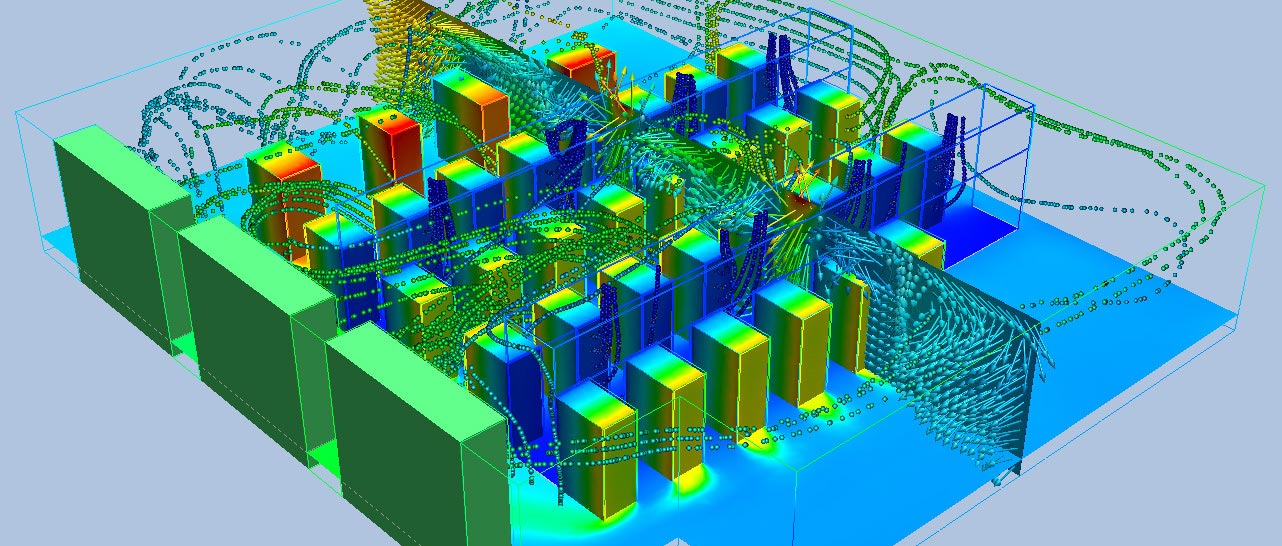Imagine a computer room or data center that was built before or shortly after the turn of the century, conceptualized without containment, and designed to a long-since abandoned practice of maintaining “meat-locker” conditions — a data center that never broke the barrier of 500 kW of IT load.
Most facility managers, if they’ve been involved with data centers at all, have seen such a place, and not at the turn of the century, but rather recently. Anecdotal evidence suggests that these “forgotten” computer rooms (or data centers) may have more installed IT capacity than all the hyperscale, super-efficient, highly publicized data centers combined. Whether this assumption is true or not, what we as an industry do know is that the opportunity to improve our nation’s data center efficiency remains a vast untouched resource.
For more details on our MEP engineering and data center design experience, head over to our project portfolio at glumac.com
Over the last 10 years, the data center industry has educated designers, operators, and managers on how to fix these inherent inefficiencies. As a result, facility managers now have many low- or no-cost ways to reduce energy use in the data center. (See below.) Most of these measures are well known. But facility managers may not be aware of one other very effective energy efficiency step that counts as low-hanging fruit and that is rarely addressed. That energy-conservation measure is an air-flow management strategy that can be summarized in two simple steps:
- Monitor IT loads in each cold aisle.
- Adjust the air flow delivered into the cold aisle to deliver an appropriate amount of cooling air for the load in that aisle.
There are many data centers that have been meticulously maintained over the years, yet they do not have an air flow management strategy to mitigate the results of re-circulation and bypass, which ultimately translate to hot spots, reduced system capacity, and wasted energy.
Read the full article at Facility Management Decisions Magazine

